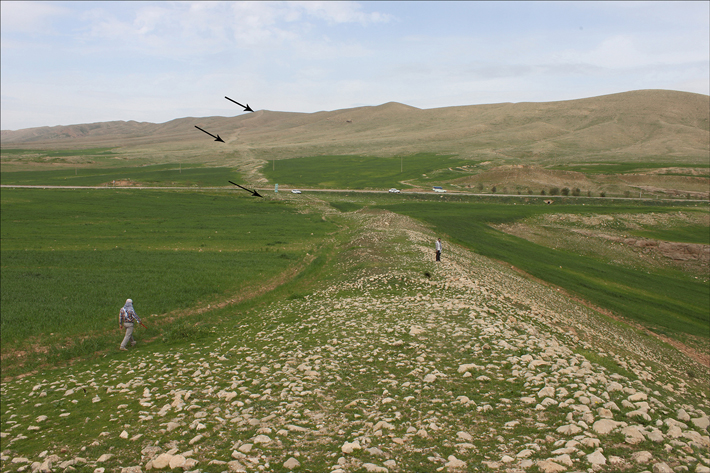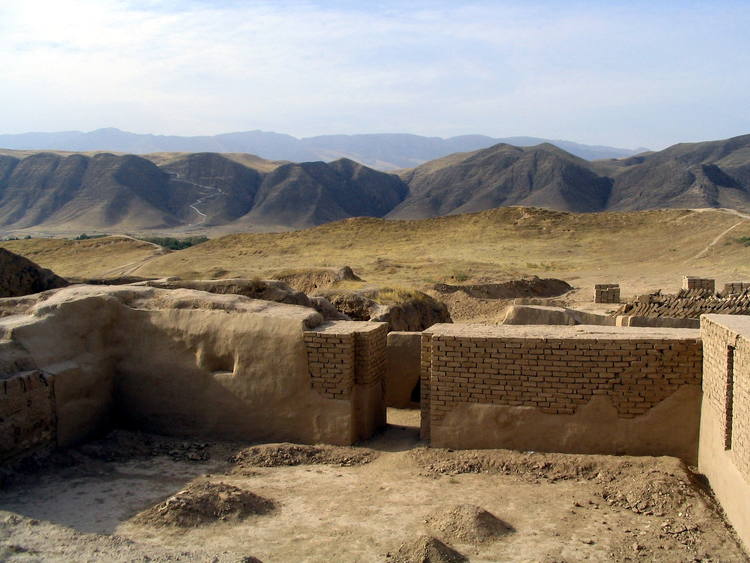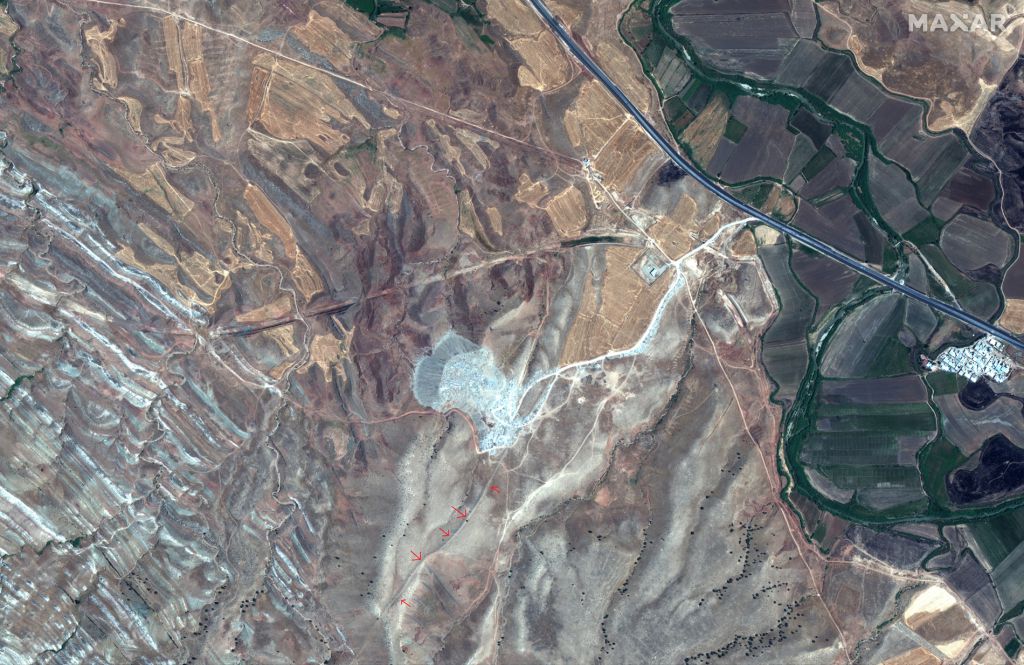Kindly note that (a) the version below has been edited from its original version of the article in Live Science and (b) excepting one photo, all other images and accompanying captions do not appear in the original version of the article in Live Science.
Readers are encouraged to also consult the academic article by Sajjad Alibaigi:
- Alibaigi, S. (2019). The Gawri Wall: a possible Partho-Sasanian structure in the western foothills of the Zagros Mountains. Antiquity, Volume 93, Issue 370. – DOI: https://doi.org/10.15184/aqy.2019.97 – Published online by Cambridge University Press: 12 August 2019.
For more on the topic of Parthian and Sassanian military architecture, kindly consult:
For more on Parthian and Sassanian militaria, kindly consult:
=====================================================================================
Archaeologists have identified the remains of a stone wall in Iran about the length of the famous Hadrian’s Wall that was built across England by the Romans.
The wall, which extends about 71 miles (115 kilometers), was found in Sar Pol-e Zahab County in western Iran. As noted by Sajjad Alibaigi (a doctoral student in the department of archaeology at the University of Tehran), in an article published online in the journal Antiquity:
“With an estimated volume of approximately one million cubic meters [35,314,667 cubic feet] of stone, it would have required significant resources in terms of workforce, materials and time“

The Gawri Wall, possibly constructed during the tenure of the Parthian Empire, is situated along an approximately north-south route for a length of 115 km along the Iraq-Iran frontier (Image by Sajjad Alibaigi, photo taken by F. Fatahi; reproduced in this article without permission solely for educational purposes).
The structure runs north-south from the Bamu Mountains in the north to an area near Zhaw Marg village in the south, Alibaigi wrote. Pottery found along the wall suggests that it was built sometime between the fourth century B.C. and sixth century A.D. Alibaigi further avers:
“Remnants of structures, now destroyed, are visible in places along the wall. These may have been associated turrets [small towers] or buildings … [the wall itself is made from] natural local materials, such as cobbles and boulders, with gypsum mortar surviving in places. Though the wall’s existence was unknown to archaeologists, those living near it have long known about the wall, calling it the “Gawri Wall” …”

A walled structure of one the chambers at the Parthian fortresses at Nysa (Meros.org). Later Sassanian architecture would also display especially thick walls and depending on the region, either bricks or stones could be used in their construction. For more on Parthian and Sassanian military architecture, consult Chapter 13 “Military Architecture” in Armies of Ancient Persia: The Sassanians (2017). For more see here …
A spokesperson for Antiquity said that since Alibaigi’s paper was published, the journal has learned that another group of archaeologists carried out earlier research on the wall; that research was never published in a journal.
Mysterious wall
Archaeologists are not certain who built the structure, and for what purpose. Because of the poor preservation of the barrier, the scientists aren’t even sure of its exact width and height. Their best estimates put it at 13 feet (4 meters) wide and about 10 feet (3 m) high, he said. Alibaigi clarifies that
“It is unclear whether it was defensive or symbolic…”
This satellite image was taken on July 31, 2019 by the WorldView-2 satellite. The red arrows show a surviving section of the Gawri Wall (Source: Live Science sourced from Maxar Technologies).
Alibaigi further notes that it might mark the border for an ancient empire, perhaps the Parthians (who flourished between 247 B.C. and A.D. 224) or the Sassanians (A.D. 224-651). Both empires in western Iran built large castles, cities and irrigation systems, so it’s likely that both had the resources to build the Gawri Wall, wrote Alibaigi.
The newly discovered Gawri Wall is not the only ancient long wall in Iran. Archaeologists have previously found similar structures in the north and northeastern parts of Iran. Those may have had a defensive purpose.
Alibaigi endeavors to carry out more research on the Gawri Wall in the future.




